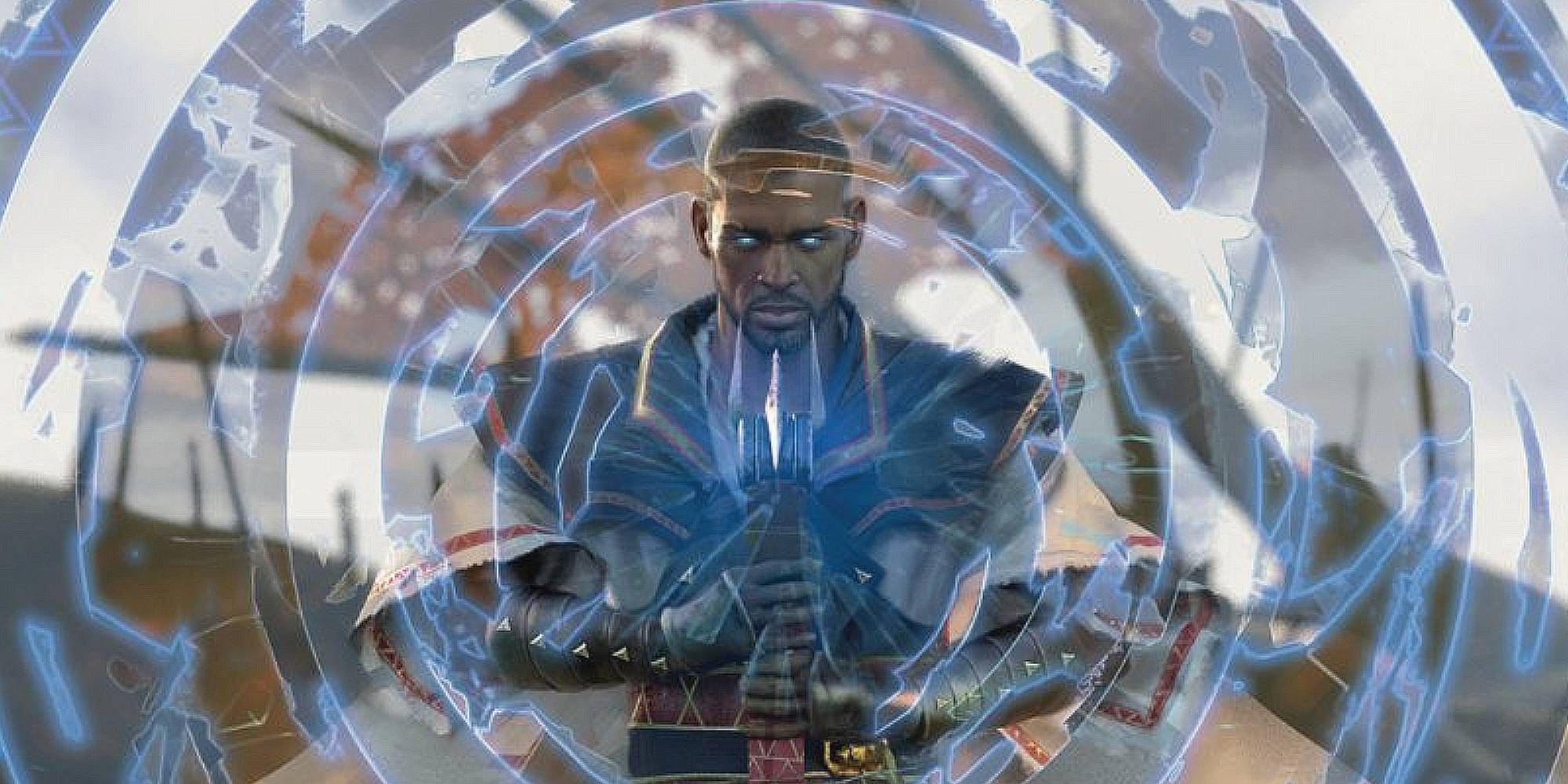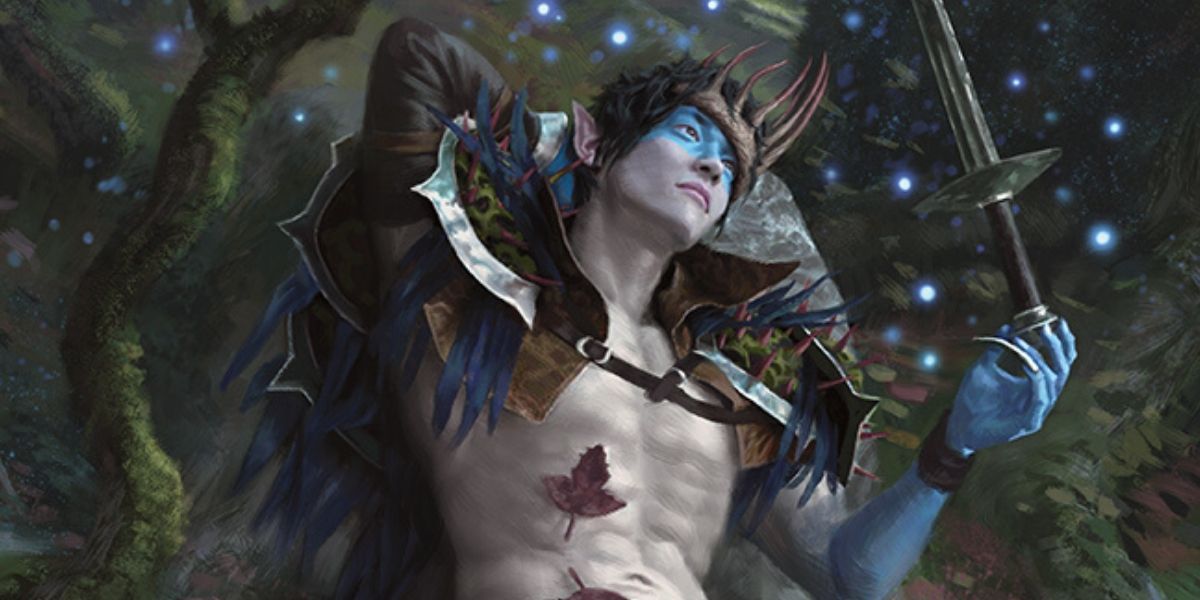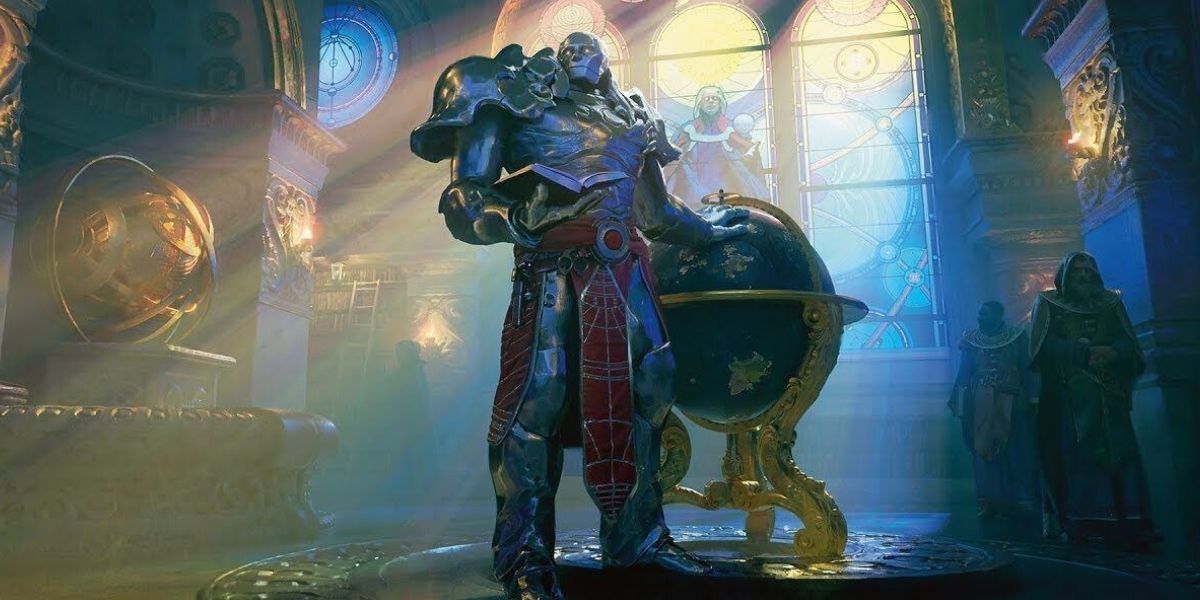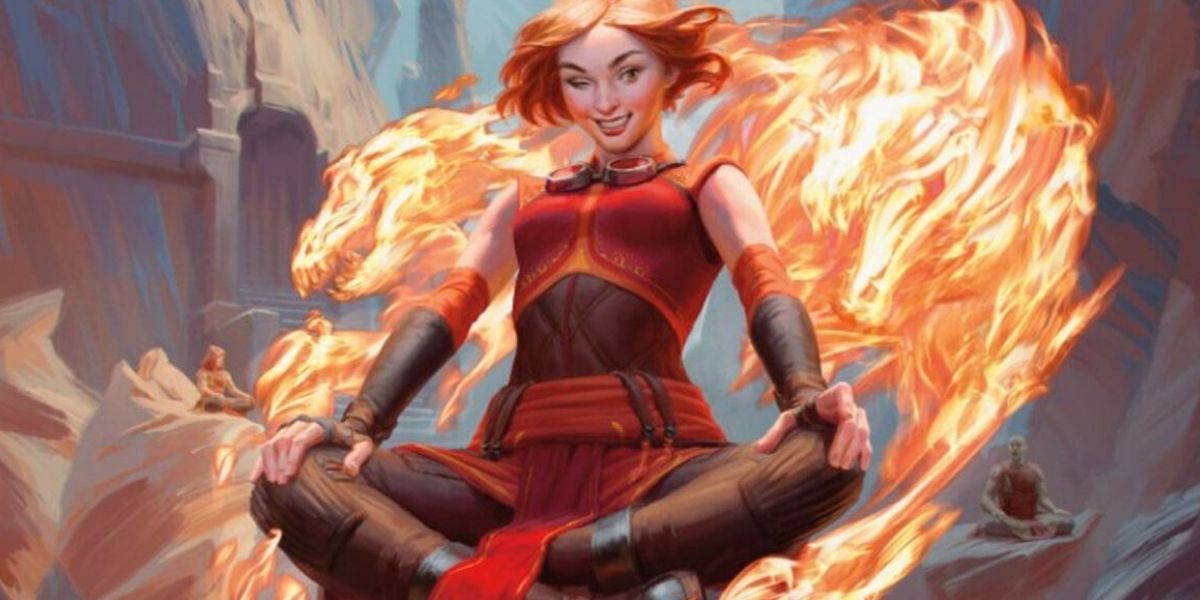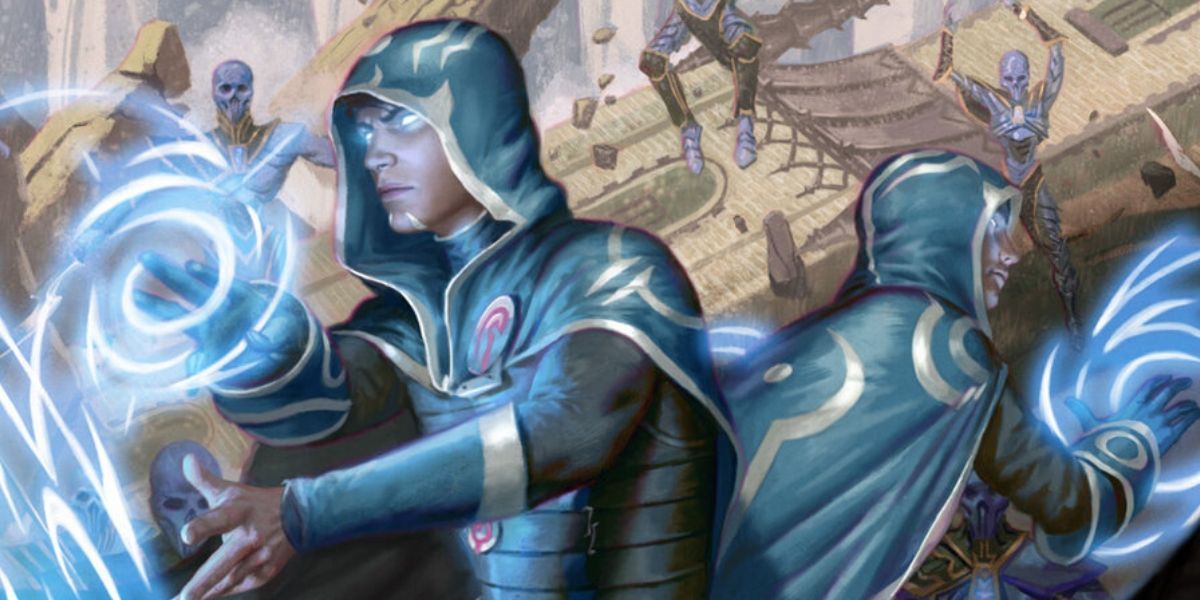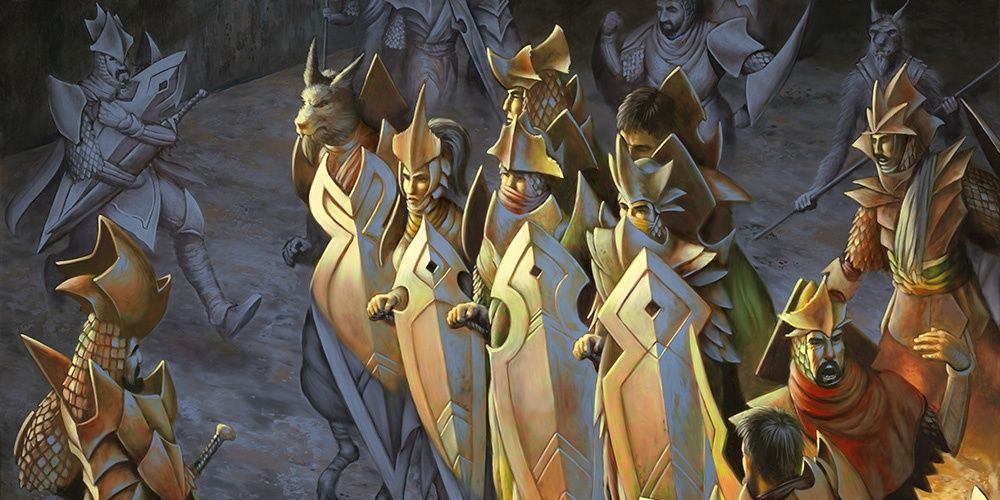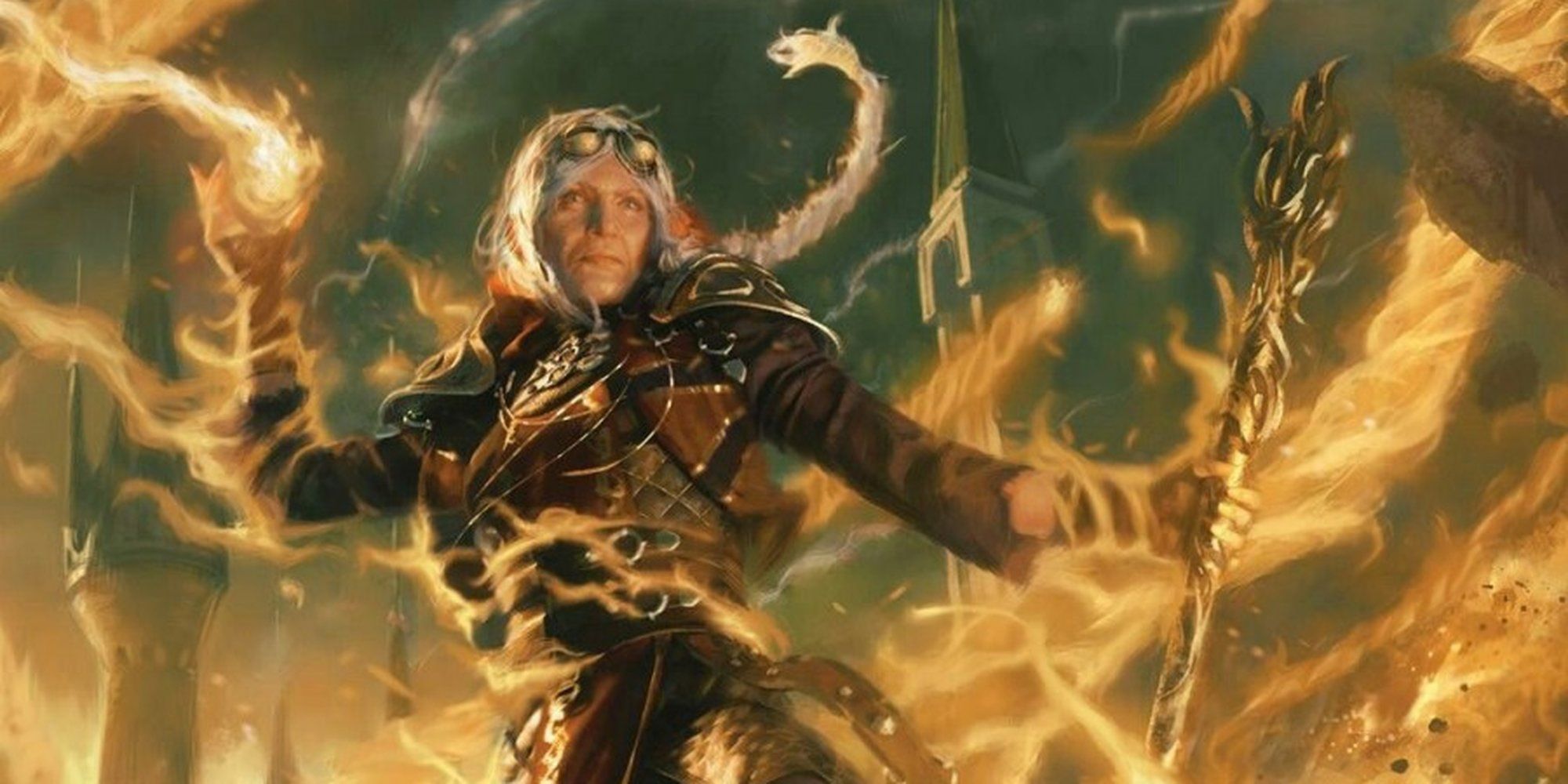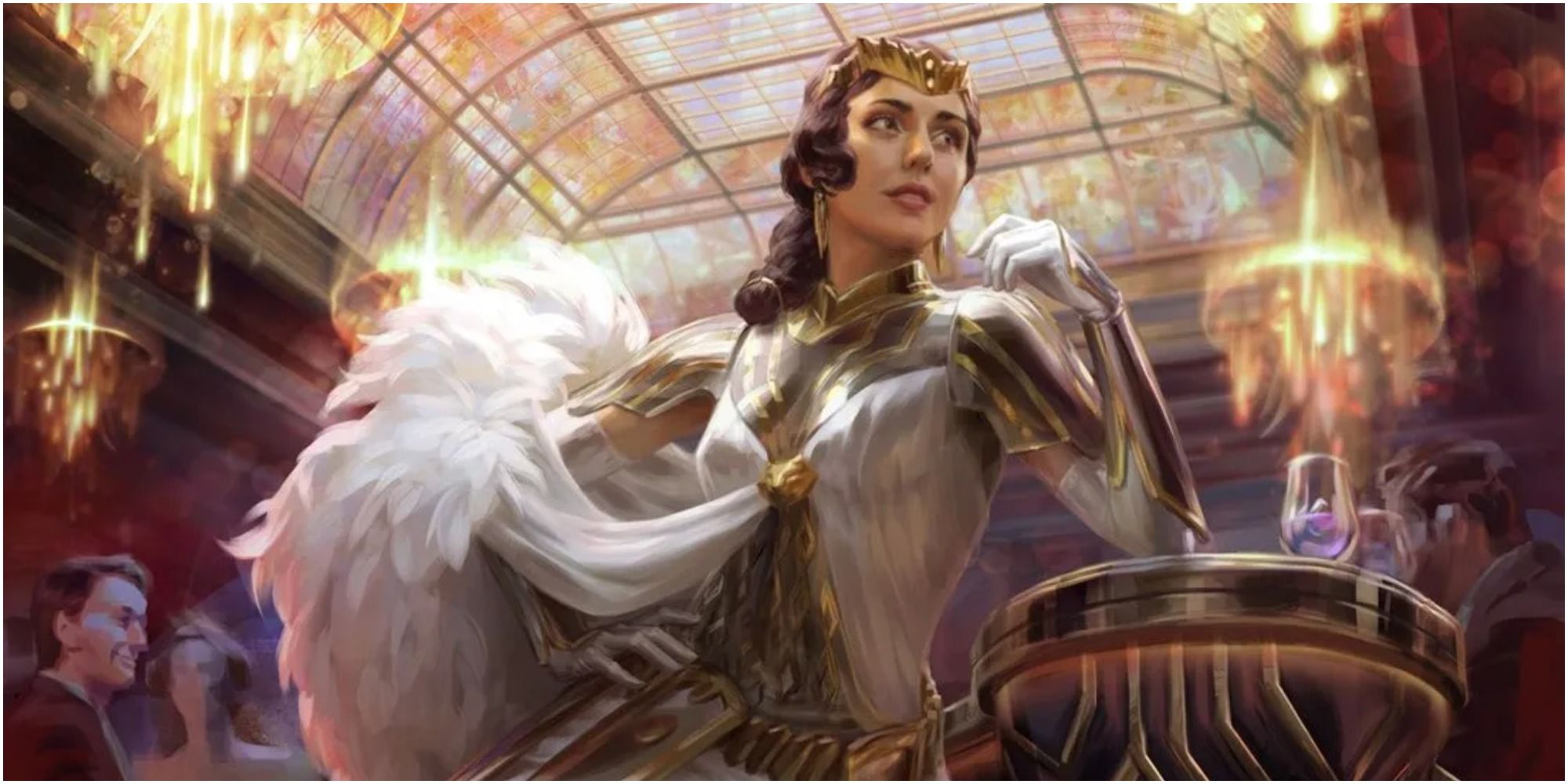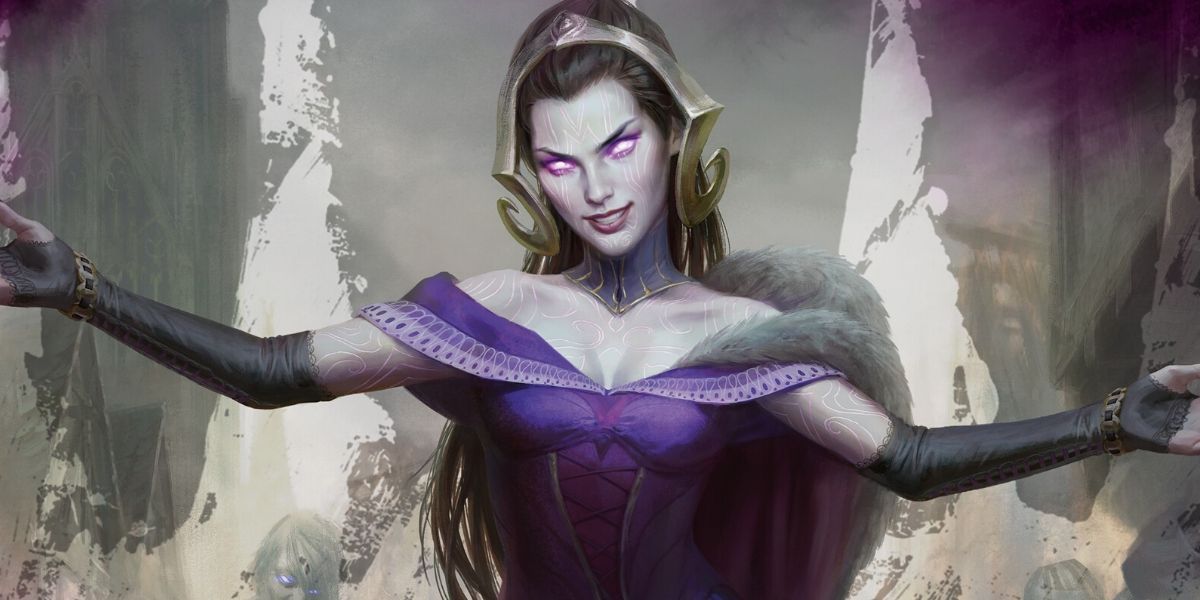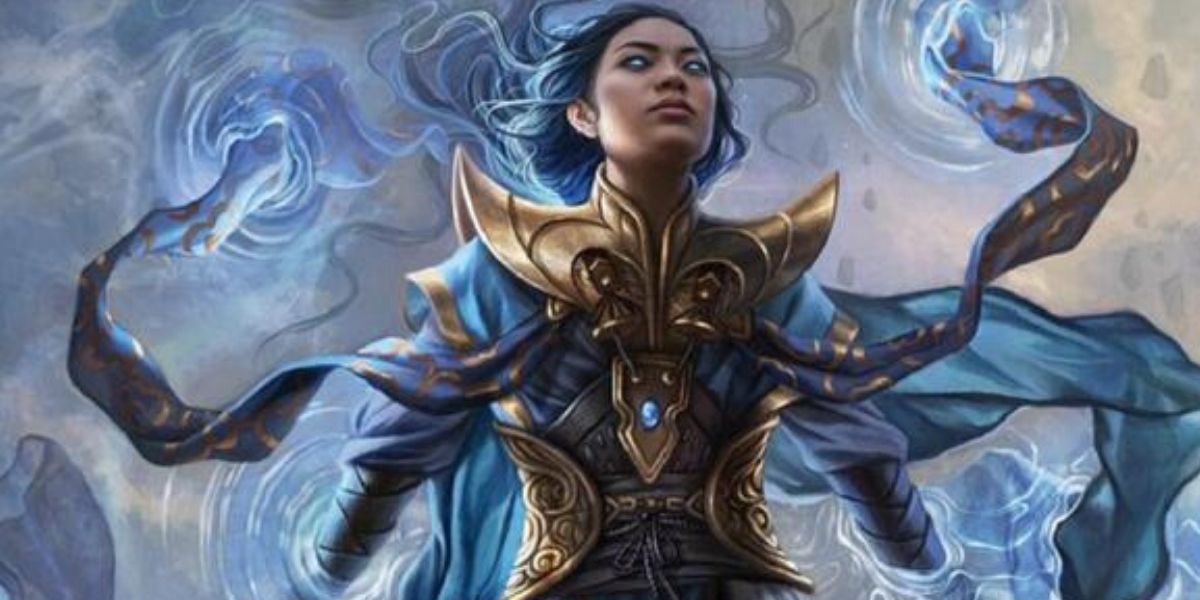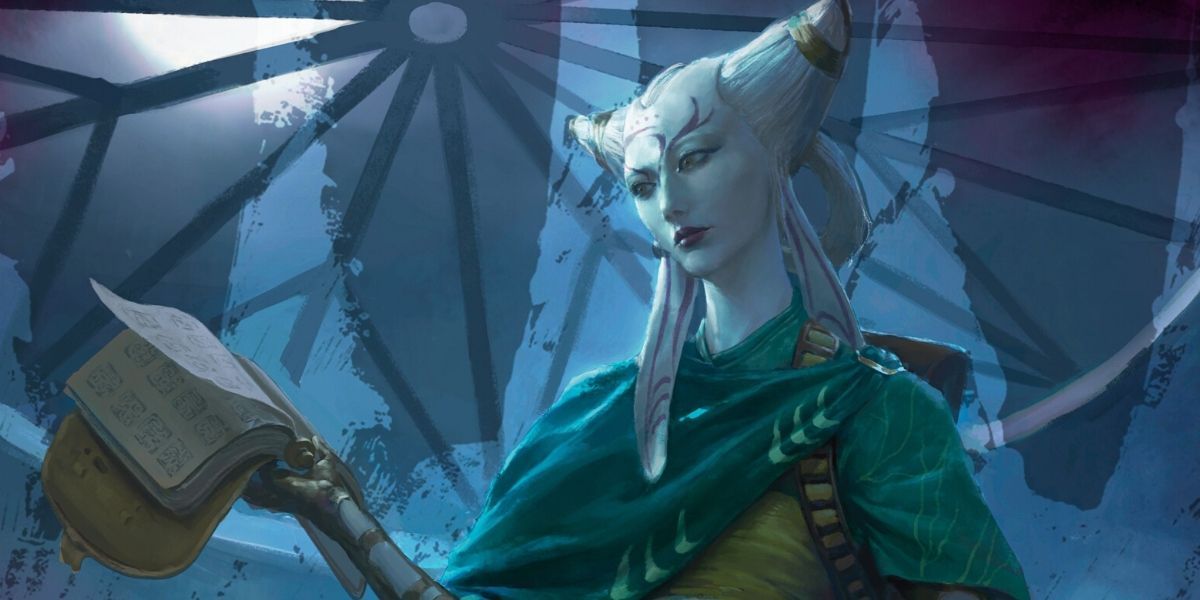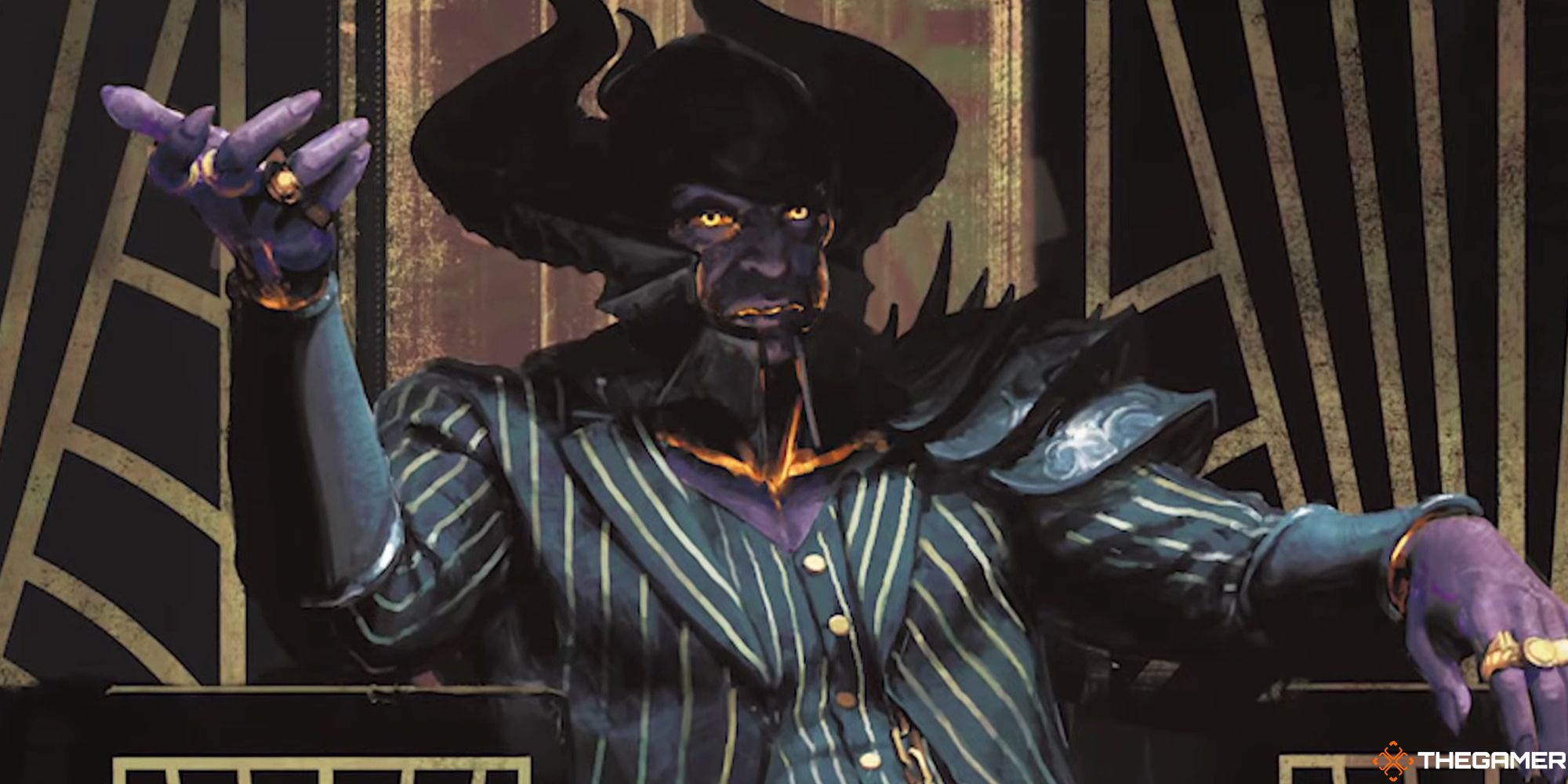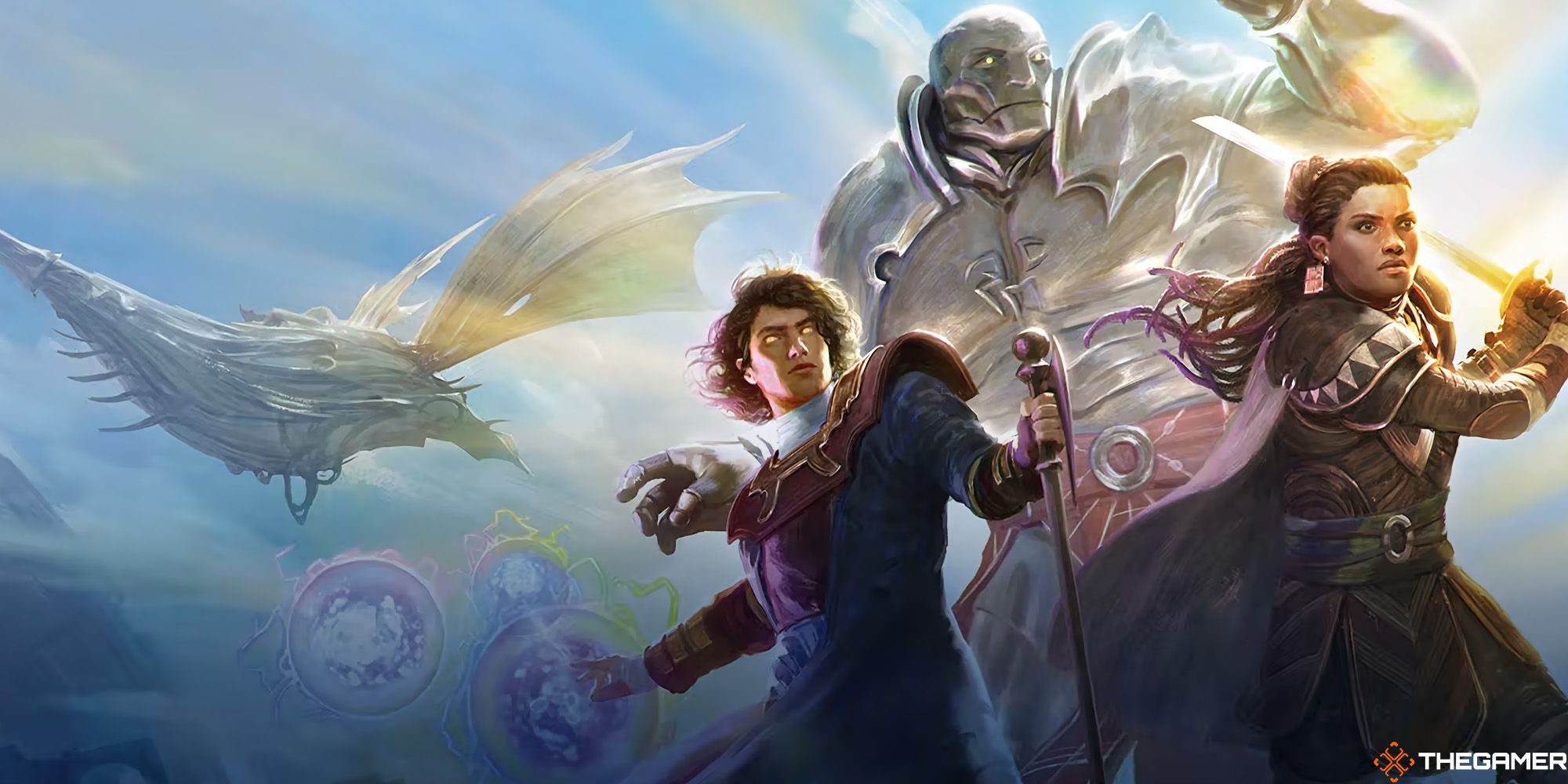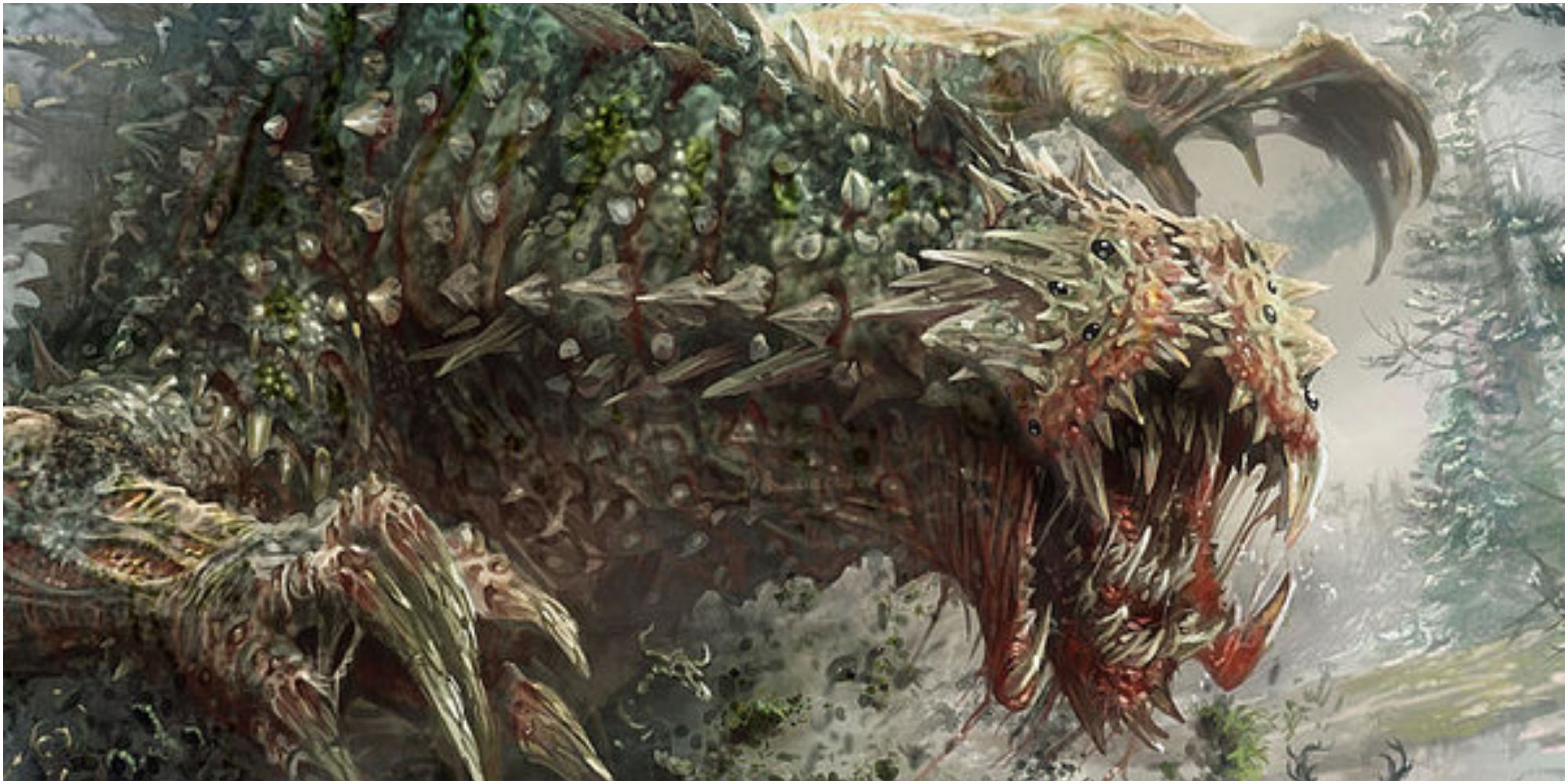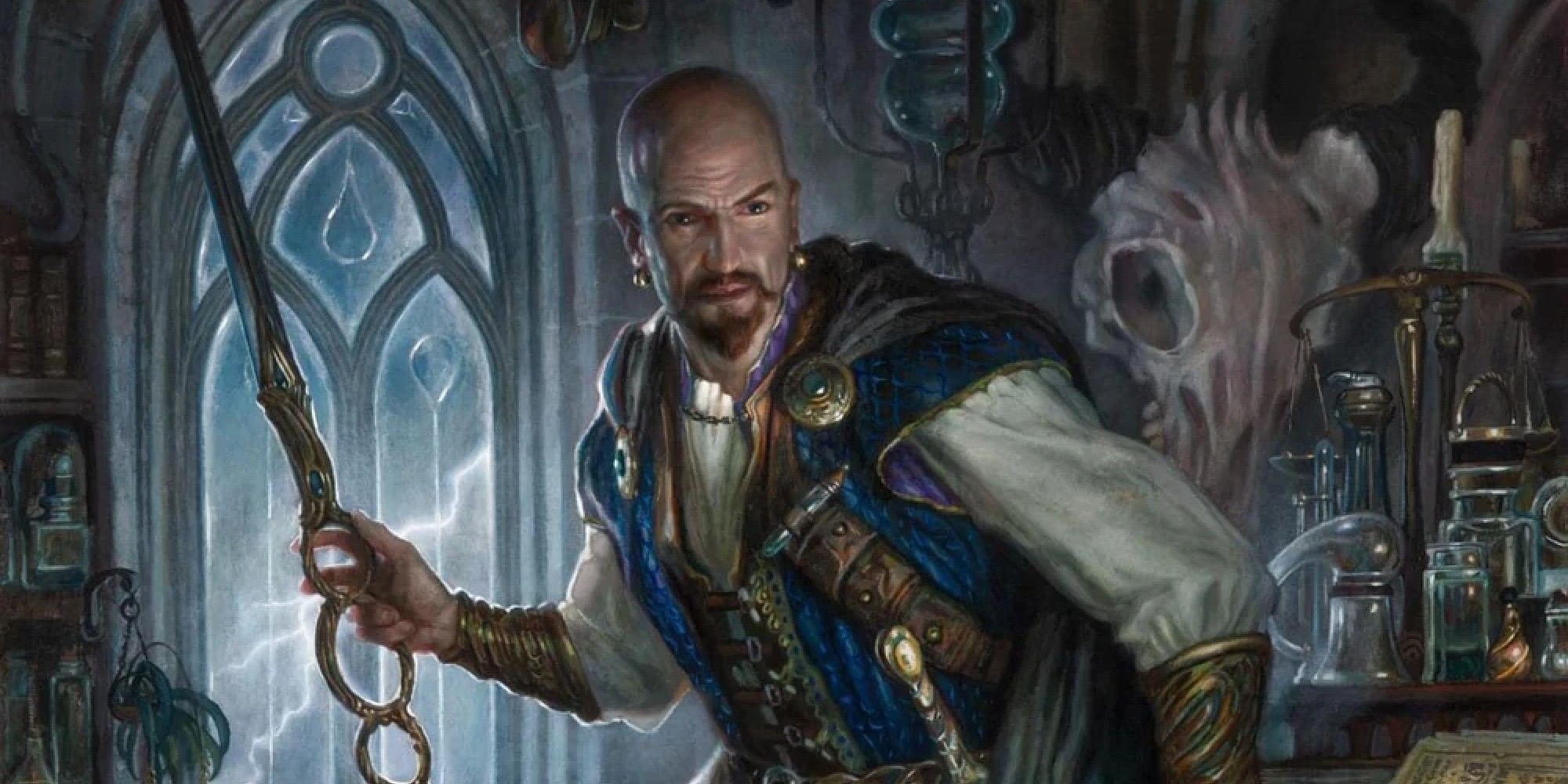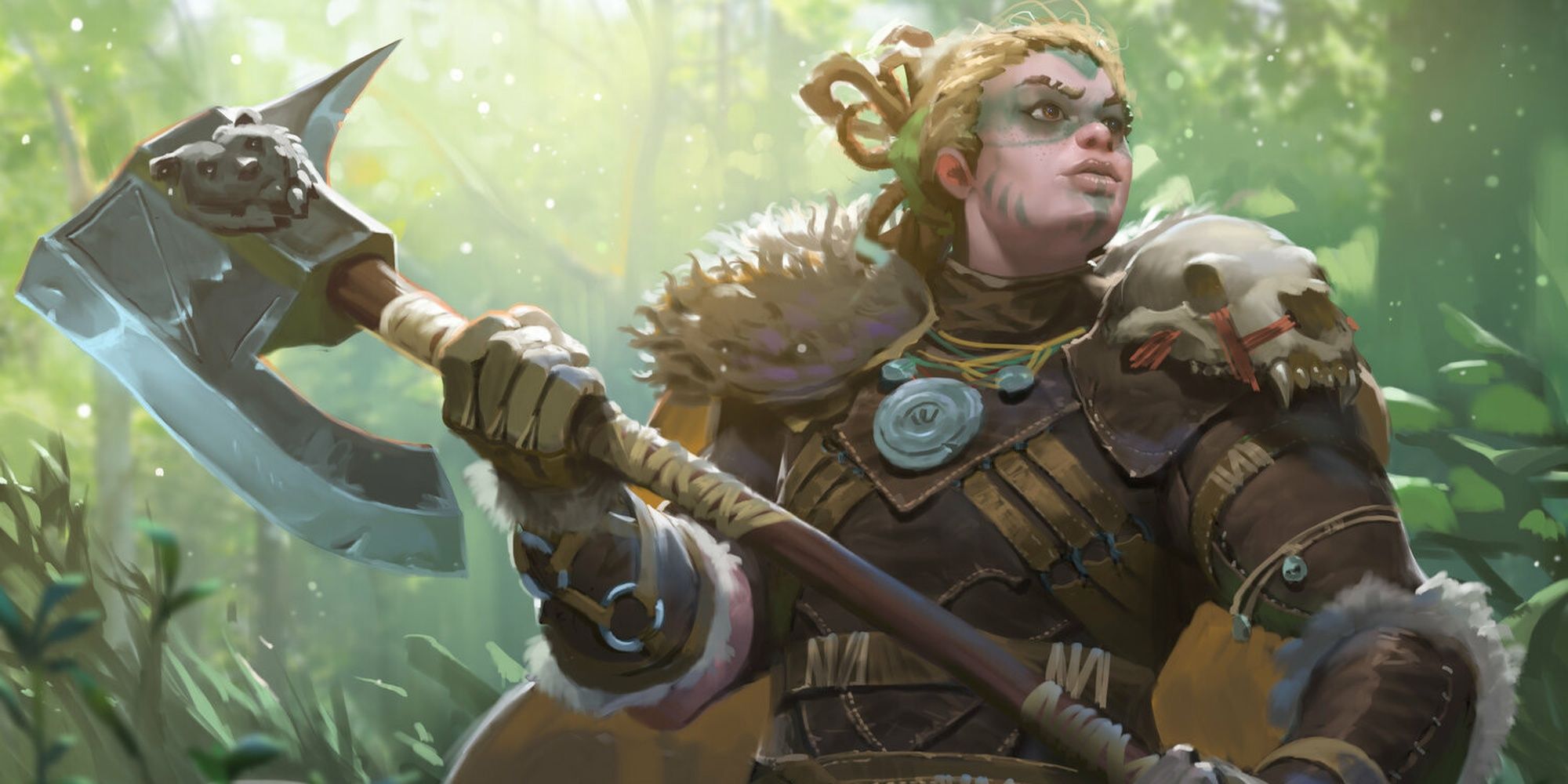Somehow in the technology-obsessed world we live in, tabletop gaming is a thriving community. Dungeons and Dragons, Pathfinder, Pokemon, and Yugioh are all examples of this. However, when it comes to card games, it's hard to compete with Magic: The Gathering.
Magic: The Gathering is a card game that many believe has more to do with strategy than luck. The game itself can be complicated, and even people who have played the game for decades still don't quite know everything about it. Part of the fun of Magic is that it is continuously evolving. If you've thought about learning to play but aren't sure where to begin, here are some tips to get you started.
Updated August 24 2022, by Chris Stomberg: Magic: The Gathering is one of those few exceptional games that has been around for decades and will continue to be around for decades to come. Consequently, there's no shortage of tips, tricks, and other things to learn when immersing yourself in the hobby. We've updated this list with more options to better aid Magic newcomers and longtime players who may have not heard of certain practices within the game. Whether you're a competitive player, a casual enthusiast, or somewhere inbetween, there's no doubt you'll find something new to enjoy about Magic: The Gathering below.
15 Check With Your Local Game Store
If you are interested in learning to play, it is always helpful to check with your local game store about your options. Some stores have free starter decks that they give out to new players. It is extremely useful in learning the basic mechanics of the game. The free packs contain two small decks that are built to play against one another.
If your store doesn't have any of the free decks in stock, ask them to point you towards their Commander precons or Challenger decks if you are playing with a friend. These decks won't work well for you in any kind of tournament, but they're perfect for learning the basics of the game.
14 Buying Packs VS Buying Singles
As a new player, it is easy to go wild on buying booster packs. There is nothing like the thrill of cracking open a new pack of cards and pulling that foil mythic rare for your first time. However, buying packs is not always the smartest decision.
Sure, pack cracking is satisfying, and if that's how you enjoy Magic then go for it. But what about that instant remorse when you open up a bunch of cards you're not interested in playing? Singles are the less exciting option, but the more sensible one if there is a specific deck you are trying to build.
Ultimately, it comes down to personal preference, but a good rule of thumb is to never buy more packs than singles. Buying half and half is an excellent place to start until you figure out which works best for you and your goals.
13 Support Your Local Game Store
One of the most important things a new player can do is support local game stores. You can learn a lot from the employees working there. They are typically knowledgeable about what products to recommend and up-to-date on competition information.
After honing your skills, try your hand at the weekly Friday Night Magic tournaments. Many game stores even pay out rewards in store credit which you can use to buy product or register for future tournaments.
12 Join A Playgroup
Local game stores are a hub for Magic: The Gathering players. A lot of them hang out and play casual games, and Friday Night Magics tend to draw crowds. The best way to learn is to play games with experienced players.
Most of the time, they are happy to teach new players because that means there are more people to play cards with. Playing one on one is sure to improve your skills.
11 Protect Your Cards
A mistake some beginners make is not protecting their cards or playmats. A few items you will need for your growing Magic: The Gathering card collection are card sleeves, deck boxes, playmats, and playmat tubes.
When it comes to card sleeves, there is a multitude of options. The price range on them can vary from $1.99-$12.99 or more, depending on the brand. The cheap ones will do the job, but often crack and split at the seams in a short amount of time. A couple of quality sleeve brands are Dragon Shields and Katanas.
Additional pro tip - use matte sleeves when available. They're textured to be less slippy, and it's harder to knock over a deck sleeved in them.
10 Organize Your Cards
This tip sounds like a no-brainer, but if you don't start organizing your cards and sorting them with a system, you will quickly lose track of them. It's very easy for them to disappear in a sea of cardboard. Bundle boxes are a great way to start arranging them in your preferred categorized system.
Binders are also useful for keeping your most expensive cards especially safe. Furthermore, they provide an easy way to flip through your collection if you're interested in trading with others.
9 Learn From Mistakes
Game-play in Magic takes a little getting used to. The more you play, the better you will get at the game. It will become easier for you to recognize your mistakes and even learn from them. Don't let yourself become flustered with losing. It will happen.
Aside from your own mistakes, watch other players, and see what could have gone differently in their games had they taken different plays. It's often easier to see mistakes when you're not sitting in the hot seat, so watching others play is one great way to improve.
8 Goldfish
Goldfishing is the term Magic: The Gathering players use for playing solo to test your deck. First, you shuffle your deck and draw your cards. Next, play your hand as if you are playing against an opponent, and they are doing nothing but passing their turn.
This is a great way to figure out combos in your deck that you didn't realize before. It's also a great way to work out any kinks before playing with a group of friends. Just don't be too surprised if people give you a confused look.
7 Play Arena
If hanging out with people in a social setting isn't your cup of tea, don't worry. Wizards has you covered with their online version of Magic. Arena is a PC and mobile game that teaches you how to play and allows you to play with peers in an online setting.
One excellent feature Arena has (or, rather, doesn't have) is in-game chat. It features a few general phrases you can send your opponent but doesn't allow nasty remarks to be traded. Arena is also a handy learning tool, as the animation allows the player to see how everything on the stack resolves and prompts you to interact as the game goes on.
6 Watch Streamers
Streaming has surged in popularity over the past few years. There are a ton of really great Magic streamers. It's important to watch them to find out how popular decks work and what combos are worth leaving out. It is a great starting point for someone looking to build competitively.
As was said earlier, learning from mistakes is something that's often easier to do when you're watching others play and streams are perfect for doing just that.
5 Learn To Sideboard
Learning to properly sideboard is easily one of the most difficult things about Magic: The Gathering in comparison to other similar card games. After all, most card games don't even have a sideboard. That being said, sideboarding is one of the things about Magic that not only makes it more unique but more strategic as well.
Your sideboard gives your deck access to cards that wouldn't normally be good but are incredibly good against the right deck. For example, board wipes aren't something that most decks want to run, but when you find yourself swarmed with creatures and dead by turn four, you're going to be very happy to have some in your sideboard. The same goes for graveyard exile effects, enchantment removal, and the list goes on and on.
4 Try Different Formats
One of the best parts about Magic is that there's a format out there for everyone. Do you enjoy casual play with a large variety of cards? Try Commander. Are you more competitive-minded and interested in staying up to date with what's new? Standard is perfect.
Is the act of actually building your deck what you find most interesting? Draft provides an environment where you do so simultaneously with others that you will then play using your drafted decks. Maybe you're obsessed with degenerate combo kills and making decks that are as unfair as possible? Eternal formats might just be your jam. Long story short, don't knock it until you try it.
3 Build A Cube
Building a cube is one of the least talked about things you can do in Magic, and it seems unfair that this great way to customize your own play experience doesn't see more spotlight. A cube is a preconstructed limited environment that can be used to play games of either draft or sealed. Your typical cube contains either 360 or 720 cards that are split into 15-card packs, just like a fresh booster you would open.
In building a cube, you are able to choose your favorite cards from all of Magic and put them together to see play alongside one another. Building and playing a fun cube is one of the best things you can do in Magic, because it provides a replayable environment that you and your friends can enjoy playing with for years to come.
2 Evaluate The Metagame
The "metagame" or "meta" consists of the decks and cards that make up the majority of decks played within a given format. For example, Burn, Jund, and Amulet Titan have been staples of the Modern metagame for nearly a decade if not longer. Some of the fun of Magic is evaluating a given metagame in order to try and come up with a deck full of cards that's good against the field.
One recent example of a success in this regard was the blue/black/red Grixis Control or Grixis Vampires deck that reared its head during the New Capenna Championship. Team Channel Fireball came up with this deck by looking at the best and most commonly played removal in the format and realizing that Evelyn, the Covetous was a threat that was only commonly answered in the form of Infernal Grasp.
While it's obviously much easier to find these kinds of metagame based decks when you're playing with a team, evaluating the metagame is still something you should look to do on your own. You might just be surprised at the success of the decklist you come up with.
1 Play A Tournament
While COVID threw a wrench into the well-oiled tournament Magic scene, there are now more places to experience the competition of tournament Magic than ever before. Magic Arena hosts tournaments twice a month to qualify for their online qualifier weekend which can then send you to the Arena Championship.
There are also in-person opportunities in the form of store championships as well as Dreamhack magic showdown qualifiers. Lastly, mtgmelee.com offers more publicly accessible tournaments all the time. Really, there's no excuse for not playing a tournament other than that you're just not interested in the competitive scene. And that's okay, because between the tens of other Magic formats that exist, you're sure to find a welcome home.

